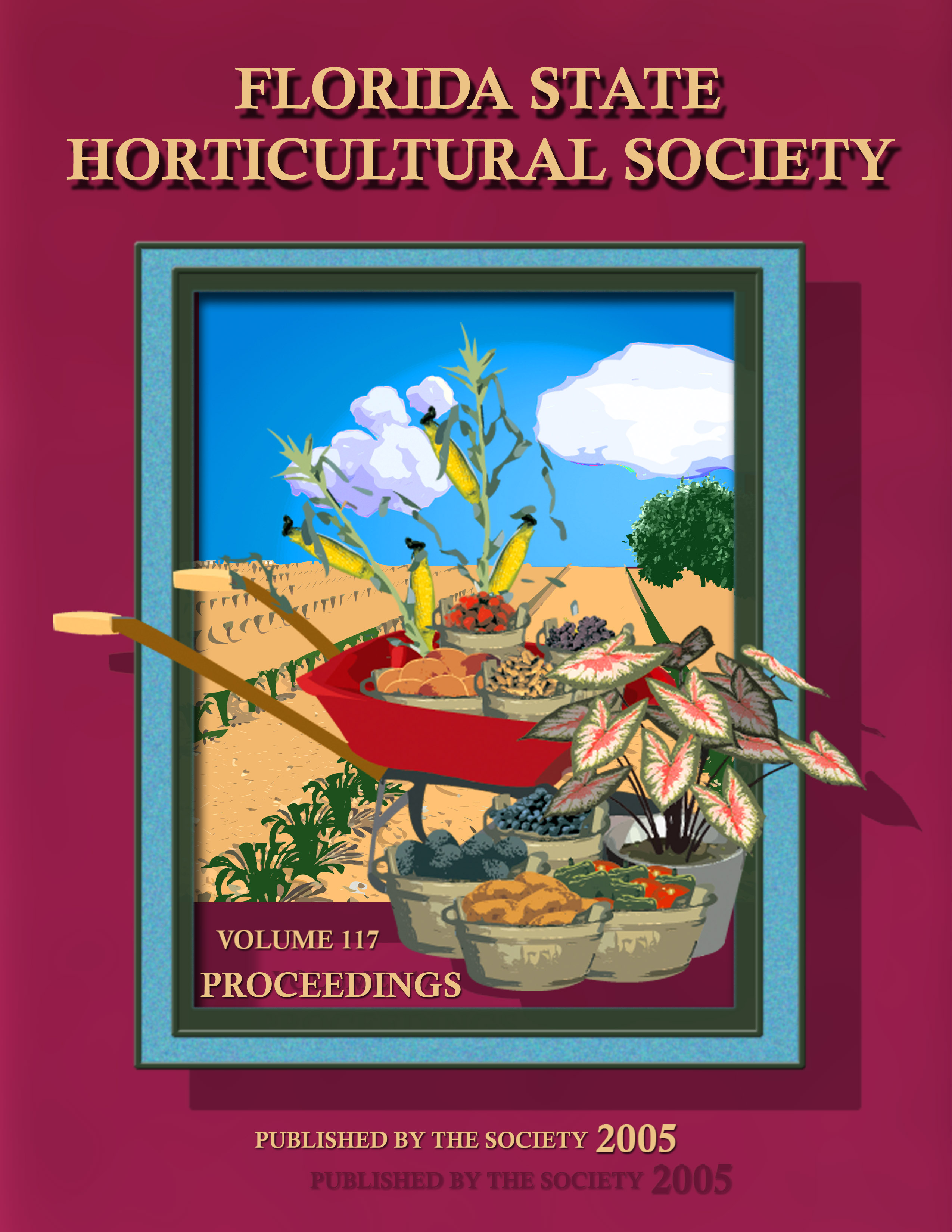Resumen
Simulations were used to contrast the ability of a variety of experimental designs to distinguish defined treatment differences. In all cases, a single experimental treatment was compared to a control with each applied to twelve trees. Analyses were compared in which data was collected on individual tree experimental units or multi-tree experimental units. Trees were blocked according to a specified factor, which was quantified but could represent a qualitative factor such as spatial position. The probability of rejecting the null hypothesis was computed for a range of situations including small and large values for the following parameters: treatment response, standard deviations of the response, blocking factor effects, and blocking factor standard deviations. In all cases, power of the test was significantly greater when data was collected on individual tree experimental units, and decreased as the number of trees pooled per data point increased. Analyses indicated that use of one or two independent trees per treatment per block provides the greatest efficiency in distinguishing treatment effects, and that two trees per treatment per block is superior to one, when there is a significant treatment × block interaction. When the blocking factor had a spatial relationship (neighboring trees were more similar than two randomly selected trees in a block) there was a high probability of incorrectly finding differences significant when trees in multi-tree blocks were treated as though they were independent experimental units or pseudoreplicates.

